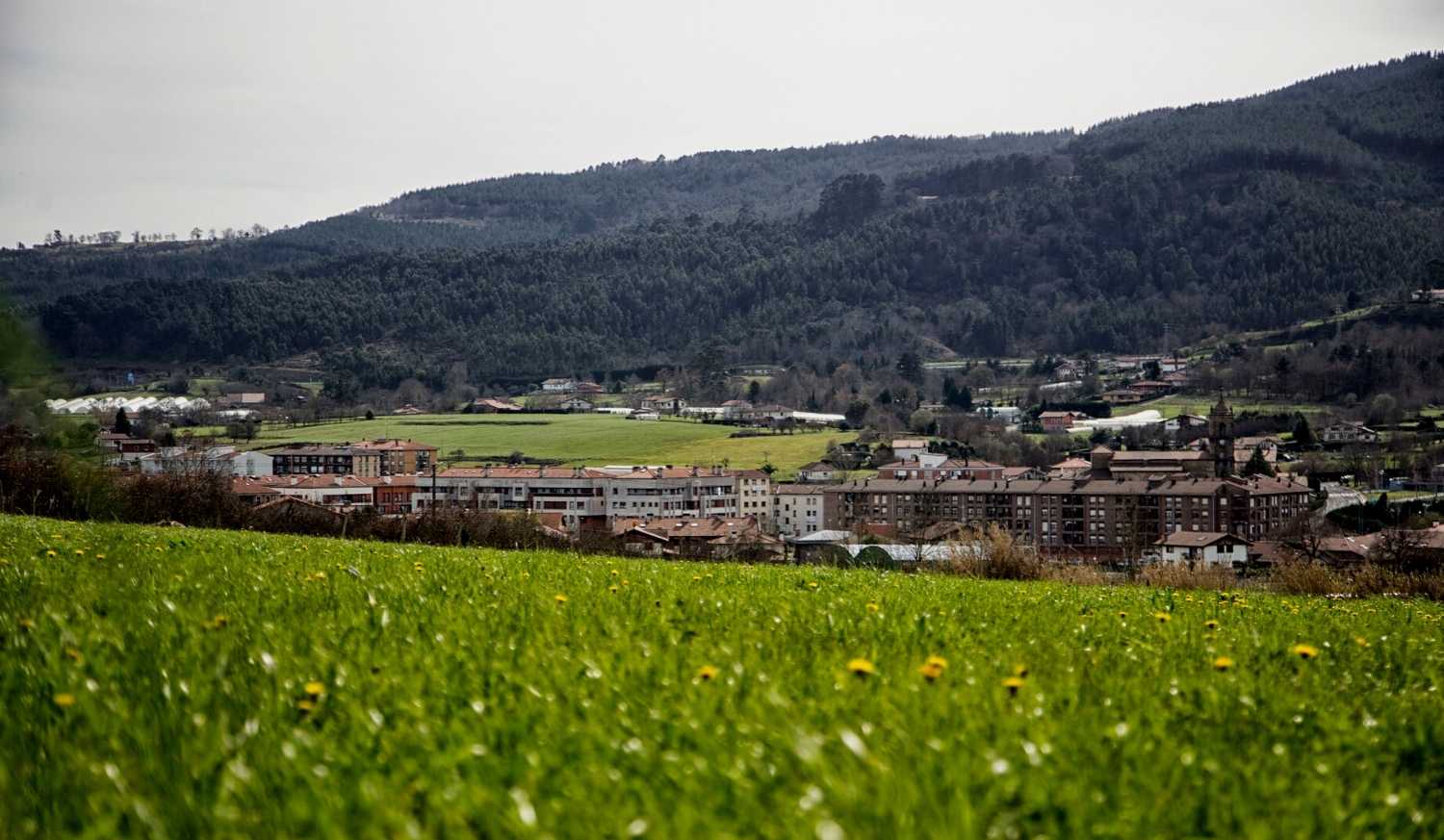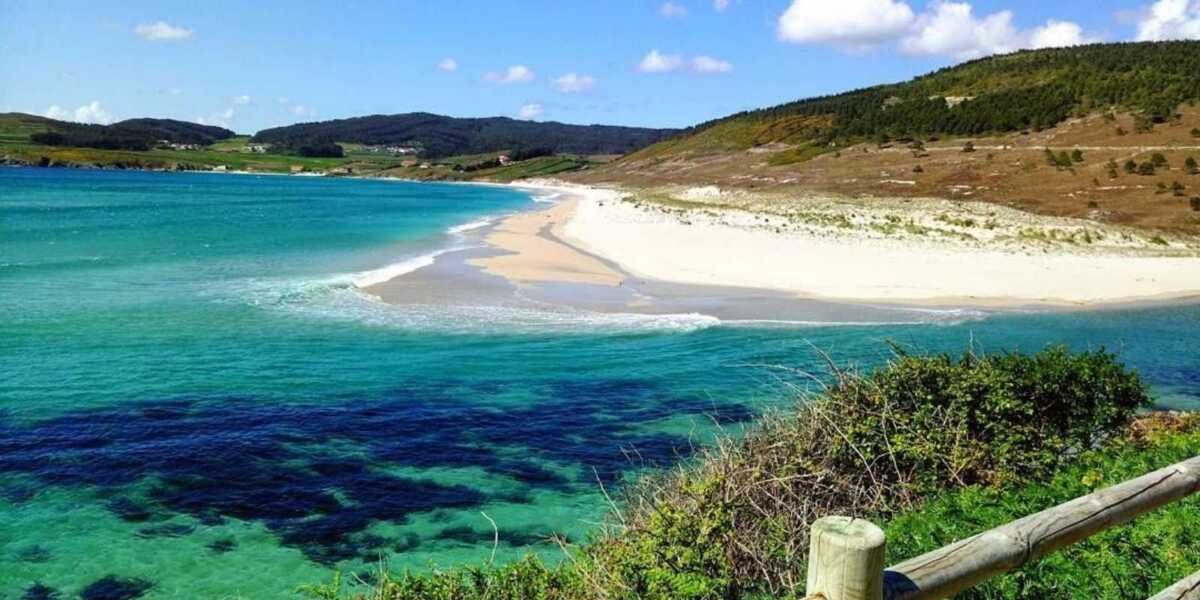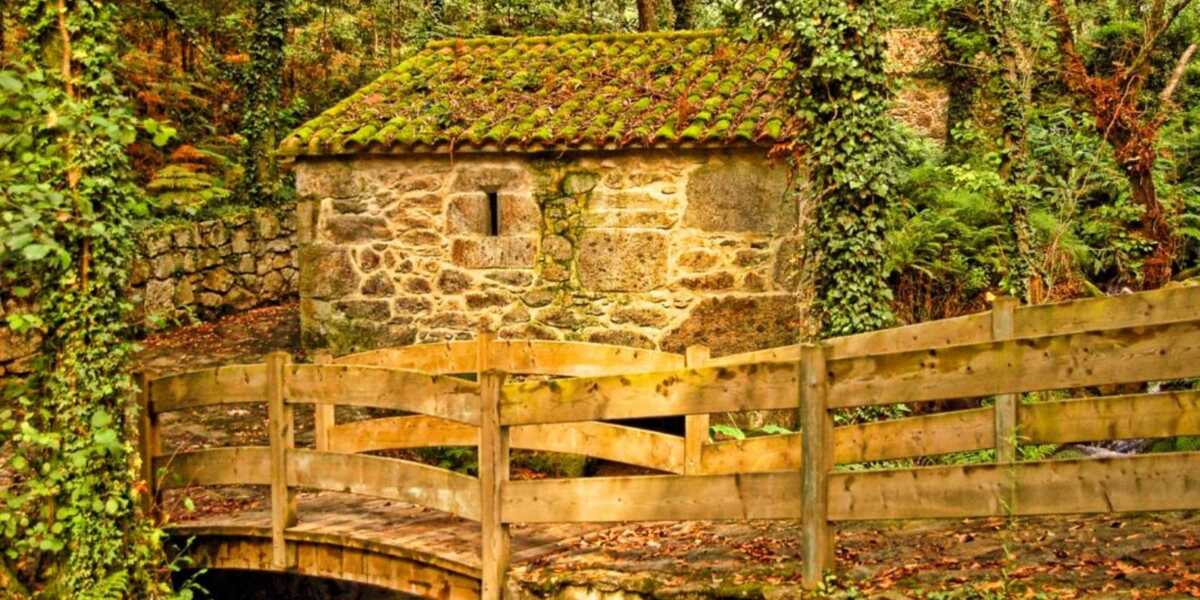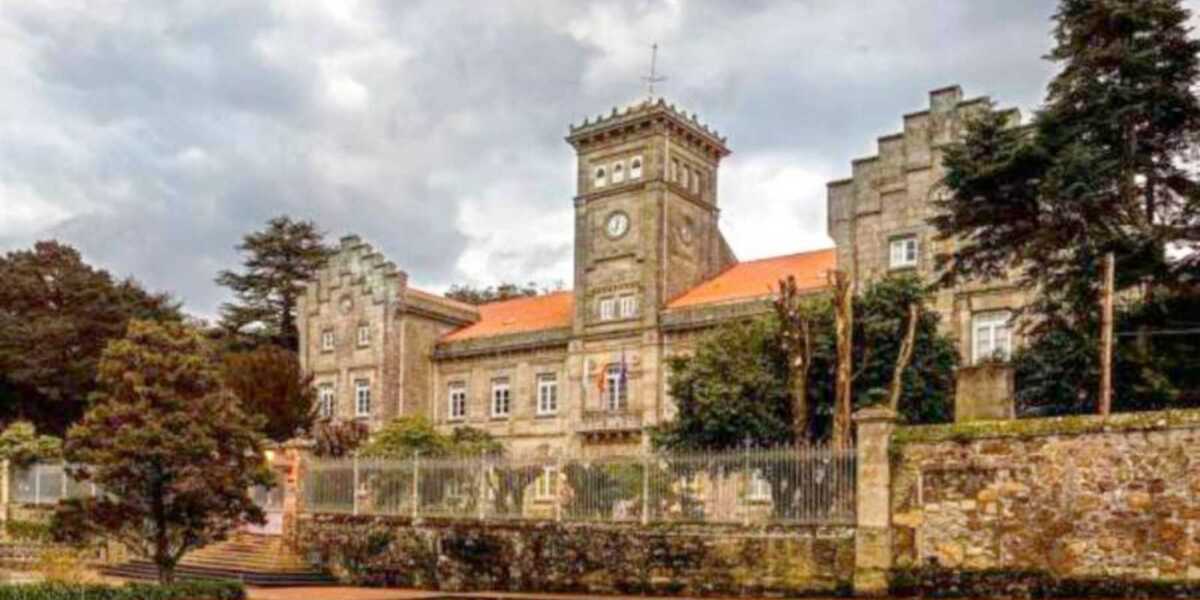
Information about Cee
Cee is a village bathed by the Atlantic Ocean and close to the famous “end of the earth” of the ancient Romans, a place of legend. It overlooks the sea on several sides and is essential for the arrival of pilgrims to Santiago de Compostela. It offers all the tranquility and scenic beauty expected of a Galician village, the culinary offer does not disappoint and involves a sublime ethnological heritage. A stroll through its streets is most tempting and has many travellers who choose it as a destination for their leisure time or for a short stop on the pilgrimage route.
What to see and do in Cee
The estuary of Lires
This beautiful estuary is located between the Cape Touriñán and Cape Fisterra and is part of the Community Interest Site Costa da Morte Natura 2000 Network thanks to its priceless ecological value, a place of passage of many seabirds of great interest that are not spotted in any location. It is a set of flora and fauna ideal to connect with nature in its maximum splendor, an essential stop when you go to Cee.
The beaches
In Cee could not miss the offer of beaches for every traveler lover of this environment. It has the beach of Gures that frames a wonderful natural landscape combining its area of sea and sand with pine trees, which provide shade on the hottest days and invite to an impromptu picnic. This beach is very secluded and very nice, so in the summer is very popular with locals and tourists in the area.
If you are looking for a less hidden option it will be interesting to visit the Concha, an urban beach built by the city council and located in the center, next to the beautiful promenade. It is a very easily accessible alternative with all the urban amenities around it.
The remains of medieval architecture
This town surrounded by nature also has signs of being inhabited since ancient times, a point of great interest for travelers who love history and architectural heritage. If we go back to the Middle Ages, in the 12th century, we find that Cee appeared as a small village dedicated to working its land. Throughout this time the village began to grow and prosper, leaving the human footprint in its buildings. Medieval remains can be found in the Church of Toba in Romanesque style, belonging to the twelfth century. Also in the Church of Cee that preserves the architecture of the 15th century in the upper chapel.
The mills of Toba
This curious set of watermills is located in Cee and is another trace of its history. Its location is in a tame corner of the river das Laxes also known as the river of Toba. It is a quiet place where you can enjoy nature and even organize an outdoor meal, as the place has stone tables for public use and also fire pits to prepare seasonal delicacies.
Sunday Market
If you are looking for the necessary raw material to elaborate rural getaways with food included, you can always approach the Sunday Market in Cee. Every Sunday the local traders and stallholders set up shop in the centre and offer a wide variety of fruit, vegetables, fish, bread… You can even go to the Plaza de Abastos which remains open on this day.
The Fernando Blanco Institute
Fernando Blanco de Lema was an important philanthropist born in the village of Cee at the end of the 18th century and who left a great cultural legacy in the place. He left in his legacy funds for the constructions destined to education, the old Escola das Nenas and the present high school that bears his name. The institute is a building of striking beauty with the style of architecture of the late nineteenth century and an important part of the urban heritage of this town. It is surrounded by a wonderful botanical garden that can be enjoyed, especially when the weather is nice and allows a nice walk in the area.
The old Escola das Nenas
The old Escola das Nenas has housed since 2001 a Permanent Exhibition of the Fernando Blanco Foundation where you can see a good part of the funds preserved thanks to this Foundation. Different objects that were part of the physics, biology, electricity, etc. cabinets are highlighted. A curious collection that offers a clear vision of another era.





